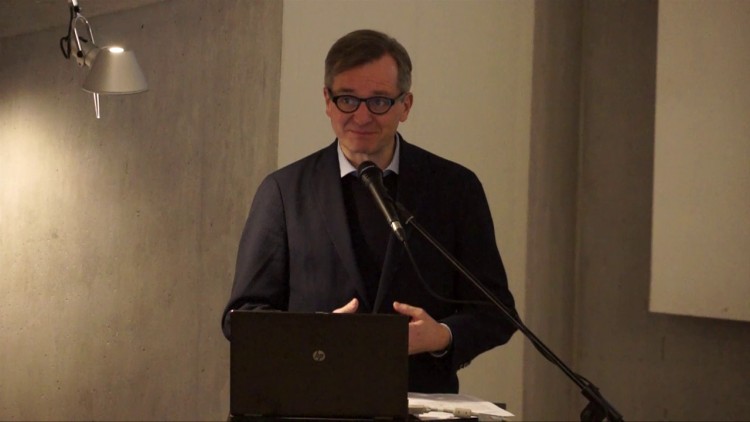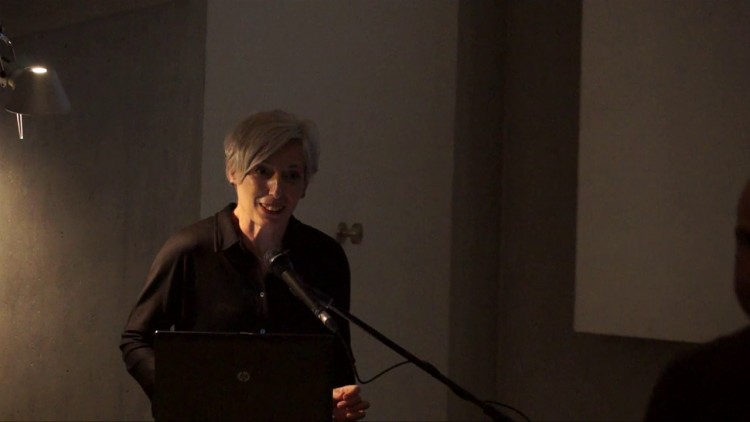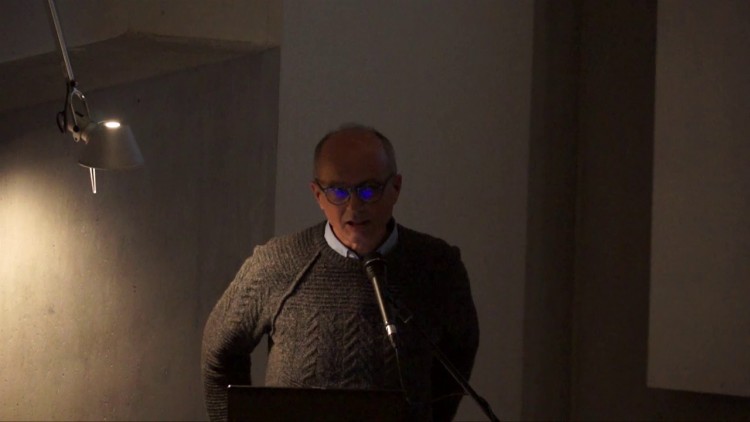Bauhaus: the Imperative of Transparency was critically question the interconnection of transparency and the ideas of the famous school in the fields of architecture, art and education, and in society in general. It was also elaborate on the influence of the Bauhaus in Slovenia and within the broader region, which was brought by Bauhaus students from the region of the ex-Yugoslavia.
Transparency was introduced systematically by the Masters at the Bauhaus, namely by Walter Gropius and Mies van der Rohe. Walter Gropius and Adolf Meyer built the first large glass façade on a modern building – the Fagus Factory (1911). Subsequently, Gropius built the biggest curtain glass wall of the time in the main Bauhaus building in Dessau (1926), which became a revolutionary prototype in architecture worldwide. This building advocated for abstraction, technology and transparency, wherein transparency turned out to be a new vital element of architecture. It manifested the openness of modern mankind. Mies van der Rohe also established within his architecture (e.g. Seagram building, Farnsworth House, Chicago Lake Shore Drive) one of the most influential prototypes of “transparent” buildings that changed architecture radically and globally.





